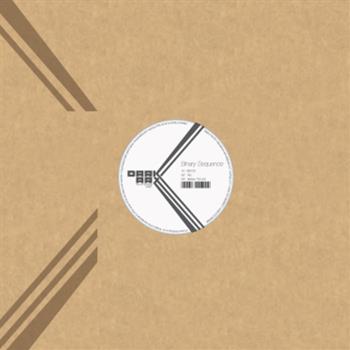

We say is a binary sequence if its terms, for. In this section, we present some basic concepts about sequences that we need to know before introducing the main results. Finally, conclusions in Section 6 end the paper. A simple method of recovering the binomial representation of a sequence is developed in Section 5 with an example. In Section 4, the relation between binomial sequences and linear cellular automata is analyzed. Section 3 studies the characterization and main properties of the binomial sequences. The paper is organized as follows: In Section 2, we introduce the basic concepts and definitions needed for the rest of this work. In brief, the binomial sequences and the linear cellular automata make visible the linearity inherent to many cryptographic generators paradoxically designed as strong nonlinear generators.

This paper shows the subtle relation between binomial sequences and cellular automata. Boolean networks have attracted great attention in many different areas such as bioinformatics, computational processes, graph dynamical systems, and parallel discrete dynamical systems. In fact, cellular automata with two-state cells is a special kind of Boolean network where all the nodes use the same function and the links are all arranged in a regular bounded integer lattice structure. In addition, it can be checked that the behavior of some binomial sequence combinations is the same as that of a kind of Boolean networks (namely, one-dimensional cellular automata). Since many of the cryptographic sequences have period, then the binomial sequences can be considered as a fundamental tool to analyze the structural properties of all these classes of sequences. In this work, it is shown that every binary sequence with period, being a positive integer, can be written as a bit-wise XOR of binomial sequences. In this way, the binomial sequences exhibit many attractive properties that can be very useful in the analysis and generation of cryptographic sequences. More precisely, the binomial sequences correspond to the diagonals of the Sierpinski’s triangle modulo 2.

On the other hand, the binomial sequences are a family of binary sequences whose terms are binomial numbers reduced modulo 2. In most of them, the output sequence is a binary sequence generated as the image of a nonlinear Boolean function in the shift register binary stages. Different LFSR-based sequence generators can be found in the literature.

Desirable characteristics for pseudorandom binary sequences are long period, good statistical properties or large linear complexity. Most generators producing such sequences are based on Boolean functions and Linear Feedback Shift Registers (LFSRs). Pseudorandom binary sequences are simple successions of bits with applications in fields so different as spread-spectrum communications, circuit testing, error-correcting codes, numerical simulations, or cryptography (stream cipher). Consequently, the binomial sequences can be considered as primary tools for generating other more complex Boolean networks with applications in communication systems and cryptography. In this sense, the binomial sequences exhibit the same behavior as that of particular Boolean networks. Furthermore, this work enhances the close relation between the binomial sequences and a kind of Boolean networks, known as linear cellular automata. Other structural properties of these sequences (period, linear complexity, construction rules, or relations among the different binomial sequences) have been analyzed in detail. They have fancy properties such that all the sequences with period equal to a power of 2 can be represented as the sum of a finite set of binomial sequences. The binomial sequences are binary sequences that correspond to the diagonals of the binary Sierpinski’s triangle.


 0 kommentar(er)
0 kommentar(er)
